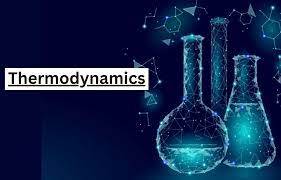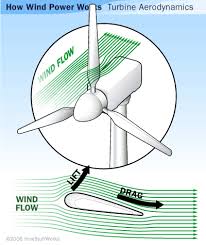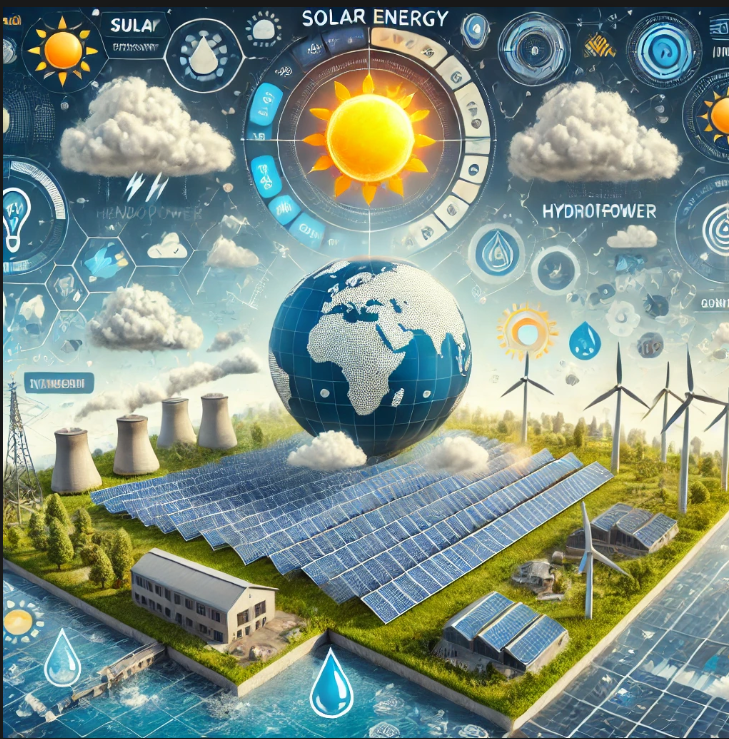
Le système thermodynamique d'un corps ou un nombre de corps que soit
solide ou fluide formant un ensemble réel ou virtuel bien délimité dans l’espace, c’est dans
ce système qu’on étudie les échanges énergétique par le biais de la thermodynamique. Le
reste au sein duquel se trouve le système thermodynamique est dit milieu extérieur.
- المعلم: BEGGAT Feteh

This course is designed to provide a comprehensive introduction to both aerodynamics and turbomachines for master's students enrolled in renewable energy at the department of mechanical engineering, El Oued University. The course provides a balanced combination of theory and applied engineering concepts, preparing students for further study or professional work in fields related to fluid dynamics, aerospace, and energy systems.
The course is divided into two main parts:
Aerodynamics:
In the first part, students are introduced to the fundamental physical and theoretical concepts of aerodynamics. The course covers key methodologies used to predict drag and lift forces on subsonic wing profiles, essential for understanding both aircraft and turbomachinery aerodynamics. Students will explore the principles that govern fluid behavior around aerodynamic bodies, focusing on the practical application of these principles in design and performance analysis.Turbomachines:
The second part of the course familiarizes students with the main types of turbomachines, such as pumps, compressors, turbines, and fans. It provides the theoretical framework for understanding energy transfer in these machines and offers insights into design methods used across various industries. Emphasis is placed on the mechanics of fluid flow and energy transformation within turbomachines, helping students grasp the role of these machines in energy conversion and industrial applications.
Both parts include lectures, assignments and seminars and exercises. In addition, this course is offered in a hybrid mode, physically and online.
Recommended Prior Knowledge:
To follow this course effectively, students should have prior knowledge of applied thermodynamics, fluid mechanics, and gas dynamics. This background will help in understanding the more complex interactions between fluids and energy transfer in both aerodynamics and turbomachines.
- المعلم: charafeddine mokhtara

- المعلم: sabrina horr
Réglementation et Normes
- المعلم: yacine aoun

Les méthodes numériques deviennent de plus en plus importantes dans les applications d'ingénierie, tout simplement en raison des difficultés rencontrées pour trouver des solutions analytiques exactes mais aussi, en raison de la facilité avec laquelle les techniques numériques peuvent être utilisées en conjonction avec des ordinateurs numériques modernes à grande vitesse.
- المعلم: BEGGAT Feteh
